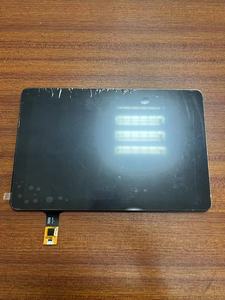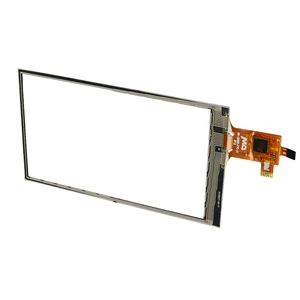TFT LCD Module Price: Understanding the Basics
The TFT LCD module price refers to the cost associated with thin-film transistor liquid crystal display modules, widely used in various electronic applications. These modules are popular due to their vibrant color reproduction, exceptional contrast, and ability to display high-resolution images. The price of a TFT LCD module can vary significantly, depending on various factors including size, resolution, brand, and features.
Types of TFT LCD Modules and Their Price Ranges
TFT LCD modules are available in diverse types, each designed to cater to specific needs and applications. The pricing for these modules can differ based on the type and specifications.
- Standard TFT LCD Modules: These are the most common type and are typically more affordable, ranging from $10 to $50 per unit.
- High-Resolution TFT LCD Modules: Offering enhanced clarity and detail, these modules can range from $50 to $150 based on resolution.
- Industrial TFT LCD Modules: Built for durability and long-term operation in tough environments, these can range from $100 to $300.
- Capacitive Touch TFT LCD Modules: Combining display and touch technology, prices typically range from $50 to $200.
Applications of TFT LCD Modules and Pricing Considerations
TFT LCD modules can be found in numerous sectors, and their prices often reflect the scope and demand of these applications.
- Consumer Electronics: Used in smartphones and tablets, priced on the lower end to remain competitive.
- Automotive Displays: Found in dashboards and infotainment systems, these modules typically cost more due to the requirements for durability and environmental resistance.
- Medical Equipment: In devices like ultrasound machines, prices are higher due to stringent quality and reliability standards.
- Industrial Control Systems: These often involve specialized modules, leading to higher costs associated with robustness and custom features.
Features Influencing TFT LCD Module Price
The price of a TFT LCD module is heavily influenced by several essential features that enhance performance and usability.
- Resolution: Higher pixel counts lead to improved image quality and often higher prices.
- Size: Larger screens usually command higher prices due to increased material costs.
- Brightness Levels: Modules with higher brightness ratings are more expensive, making them suitable for sunlight-readable applications.
- Viewing Angles: Modules offering wider viewing angles tend to be pricier because of the advanced technologies involved in their design.
- Connector Types and Interfaces: Special connections, such as HDMI or USB interfaces, can elevate the price based on compatibility and functionality.
































































































































































